 |
| Regenerating aquatic resources on the Huong River |
Green "buffer zones"
Located next to or around the cities and towns of Hue are “green buffer zones” with rich flora and fauna. The value of biodiversity resources, the abundance of rare and endemic flora and fauna, characteristic of nature, contributes to reducing the impacts of emissions on urban areas in this imperial land.
In Lang Co urban area (Phu Loc), although small, it has created a brand of international-class coastal urban area, attracting tourists from near and far for 20 years now thanks to the "diverse system" of nature; including Lap An lagoon. Unlike other lagoons, Lap An lagoon is in the form of a water pocket that goes deep into the mainland with a water surface area of about 1,655 hectares and is isolated in the Tam Giang - Cau Hai lagoon system. In the tidal flats of about 300 hectares in the West and East of the lagoon, in addition to shrimp and fish resources, there is a well-developed mangrove vegetation. In recent years, all levels of sectors and localities have had many programs and projects to renovate, invest in infrastructure, restore and protect water resources and a clean and beautiful environment. The local government also coordinates with many associations, unions and organizations inside and outside the locality to plant more mangrove forests, which not only contributes to regulating the climate, protecting the land, accumulating alluvium, creating conditions for economic development; as well as raising people's awareness of environmental protection and responding to climate change.
These days, Hue City is bustling with events within the framework of Hue Festival 2024. When mentioning Hue city, surely no one forgets the poetic Huong River that has been deeply ingrained in the subconscious of Hue people. Many people have said that for Hue city, Huong River is considered a decisive factor in the identity, culture, and soul of the city. With this river, in addition to being favorable for the development of aquatic species, the landscape on both banks has increased the aesthetic value of the land, developing community ecotourism . Huong River is recognized as the green "lung" for Hue people. Experts have recommended that it is necessary to soon complete the dossier to re-nominate Huong River for UNESCO's list of cultural landscape heritage recognition.
Along with the Huong River, Hue City leaders have now considered expanding green spaces in mountainous areas, protecting the river and lake systems in the area and the islands and mountains in the Tam Giang lagoon system when the city has expanded towards the sea to "embrace" many new areas, such as Thuan An, Hai Duong, Phu Mau, Phu Duong, Phu Thanh...
Arouse awareness of nature protection
According to the Joint Committee for Nature Conservation (JNCC), Vietnam's natural ecosystems continue to shrink in area and degrade in quality, especially wetland ecosystems, estuarine and coastal alluvial plains, etc., causing the loss of groundwater supplies, breeding grounds, development and habitats for living organisms. Many species of animals and plants are facing great risks of extinction.
Environmental stability in the context of rapid economic development is a challenge for many countries, including Vietnam. The United Nations has commented that rapid development leads to rapid land conversion and urban expansion. Moreover, the formation of transportation systems and infrastructure serving economic development increases the possibility of isolation between conservation areas, green “buffer zones”...
According to JNCC, Vietnam's biodiversity is mainly affected by environmental pollution. The top threats are agricultural and forestry waste (affecting 298 species); domestic and urban wastewater (affecting 258 species); industrial and military waste (affecting 245 species). Air pollution, waste, climate change, etc. are threatening 236 species. |
It is estimated that more than two-thirds of the world’s population will live in cities by 2050. Therefore, biodiversity loss will be a global problem. The United Nations also called on each country to “become part of the solution” by investing in green infrastructure such as parks, green belts, urban forests, etc.
The best solution to prevent the decline of biodiversity in urban areas from reaching alarming levels, according to environmental experts, is awareness of nature protection through commitments and efforts from both the government and the people. In the model of sustainable urban development, it is essential to have criteria for biodiversity conservation and climate change response.
In a recent discussion with Architect Dang Minh Nam, Deputy Director of the Provincial Institute for Development Studies, architecture can contribute to promoting biodiversity by creating harmonious living environments between humans and nature. According to Mr. Nam, the works recognized by the world all follow the trend of sustainable architecture, promoting indigenous cultural elements, renewing spaces, and innovating the use of local materials.
It is not too far-fetched, urban biodiversity starts with converting to “green infrastructure”, planting more trees in the yard and neighborhood; teaching children to love nature…
Source





![[Photo] T&T 1 and Ho Chi Minh City 1 People's Police Teams won the men's and women's team championships](https://vphoto.vietnam.vn/thumb/1200x675/vietnam/resource/IMAGE/2025/5/22/39db06ae67cb4001b7a556e8d9a56d07)


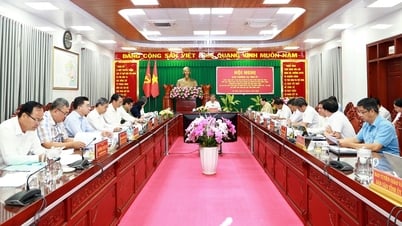


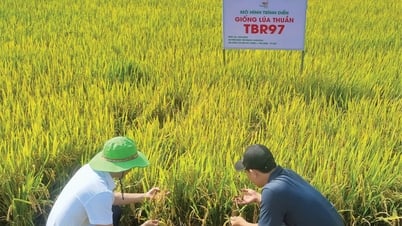
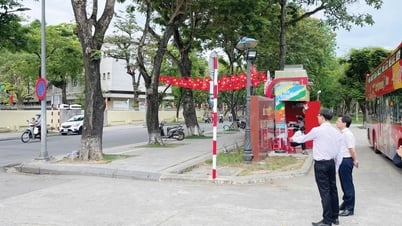
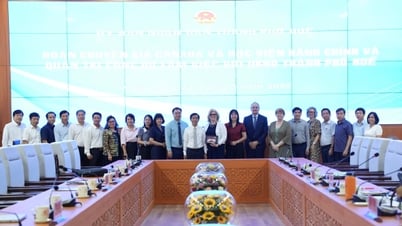





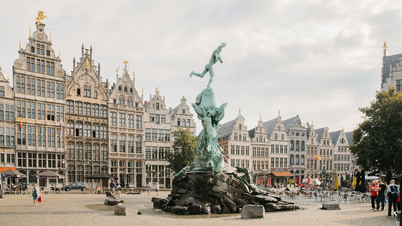
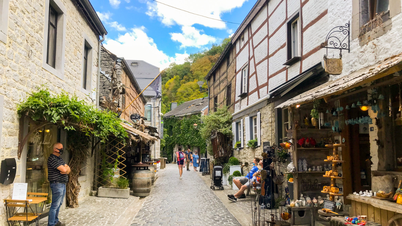
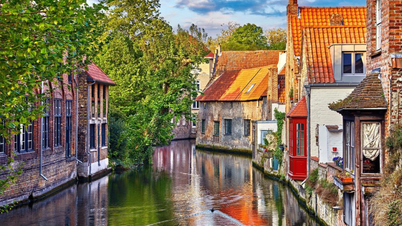

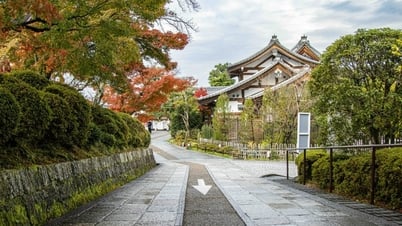
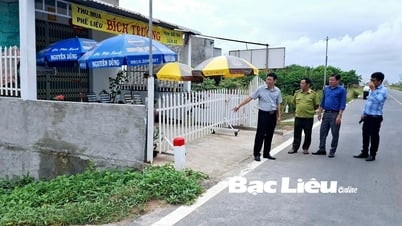







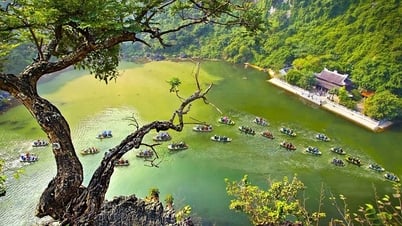

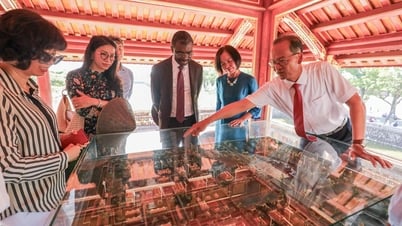








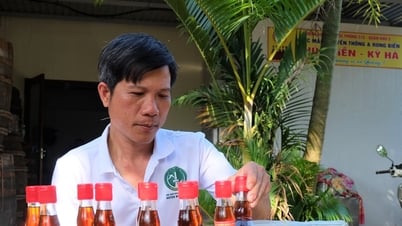


















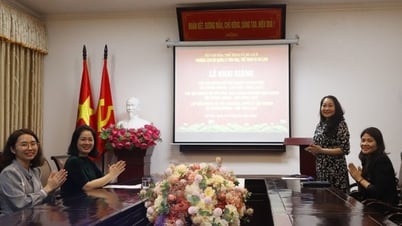

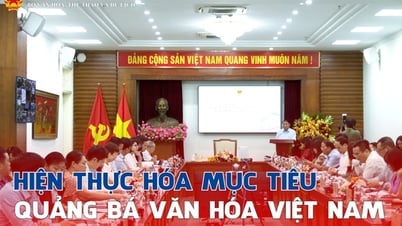
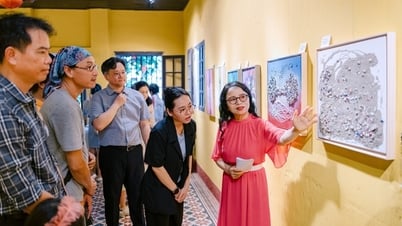
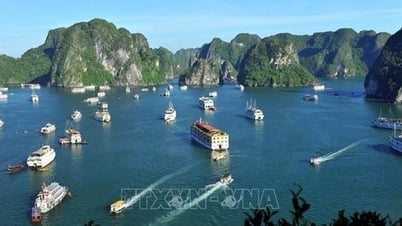
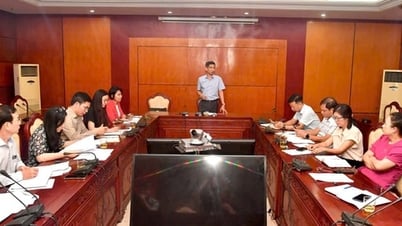
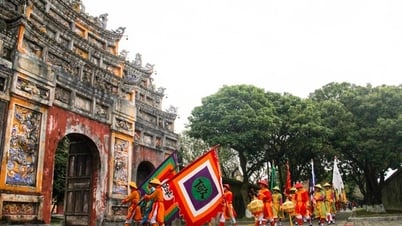







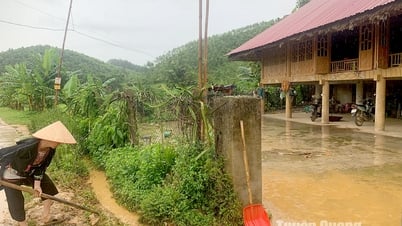

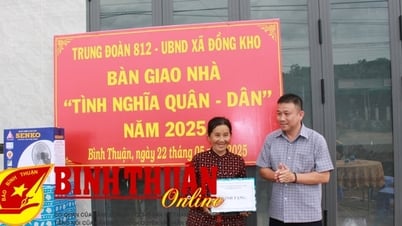










![[Podcast] Week introducing more than 500 OCOP products in Hanoi](https://vphoto.vietnam.vn/thumb/402x226/vietnam/resource/IMAGE/2025/5/22/d144aac2416744718388dbae3260e7fd)

Comment (0)